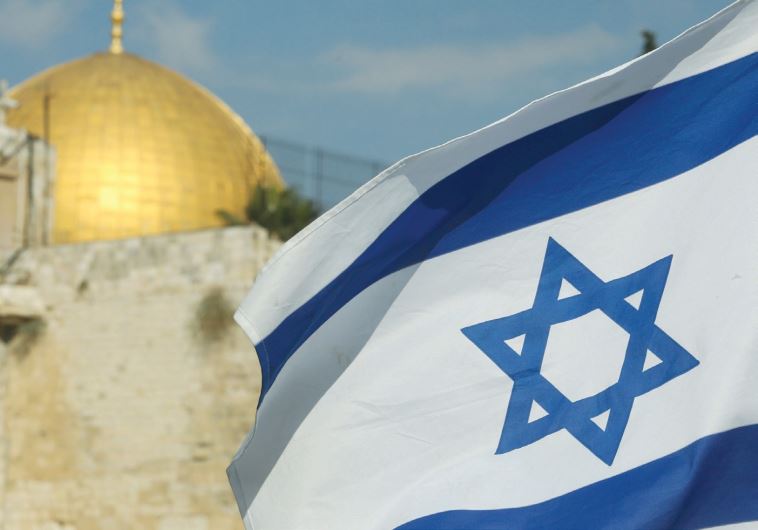Analysis: What brought on the dramatic UNESCO upset?
Assuming a consensus support, the Palestinians and the Jordanians submitted the softer version of the resolution for a vote.
 Israeli flag and Temple Mount (photo credit: MARC ISRAEL SELLEM/THE JERUSALEM POST)
Israeli flag and Temple Mount (photo credit: MARC ISRAEL SELLEM/THE JERUSALEM POST)